About a year ago, I had gotten it in my head to run a 100k, wanting to see if I could do it – I thought I could. The first attempt, at Courmayeur in July 2018, failed because of a thunderstorm at 2800m altitude, leading to an adrenaline rush and the extreme fatigue that followed after fleeing down the mountain for the rest of the night. Where to try next? I felt there was one country where I could achieve it: Portugal. I had run Peneda-Gerês Trail Adventure three times already; nowhere else did the landscape and people inspire me more.
In October I was there again, participating in Carlos Sá’s beautiful Foz Côa Douro Trail Adventure. One night, after a few beers with the staff, I told Carlos about my plan and my feeling that if he were to organize a 100k in Portugal, I could certainly finish it. He got a twinkle in his eyes and immediately started to make plans. It was to be in early March 2019, during a trail camp with him and a few friends.

So Barry and I came back to Portugal in March. After two days of getting re-acquainted with the terrain, we were to make our attempt on the third day: running from Gerês to Montalegre in one go, with Carlos as our guide. We started early and took it easy, stopping for a very beautiful (though time-consuming) scrambling session through a crevasse between some building-high rock formations, and twice for coffee and food. When we were halfway, the dark, an extreme rain storm and Barry getting very unwell forced us to stop, actually getting rescued by the mayor of a nearby village…
The plan
I still felt very strong after those 50k and thought I could have made it. Carlos apparently thought so too, because he immediately started planning for my next attempt. In April I would return to Peneda-Gerês anyway for the beautiful PGTA stage race. I could try again then, Carlos said.
On Saturday the 13th of April Carlos organized the TransPeneda-Gerês, a trail of 80k from Montalegre to Gerês. On the same day, the first PGTA stage would start at 5PM at Misarela bridge and also finish in Gerês, the same route as the other race.
Carlos’ plan for me: start very early on Saturday morning on top of Larouco mountain, the highest summit near Montalegre. Run 13k down to Montalegre, following the TransPeneda-Gerês course from there; taking advantage of the course markings and aid stations. Aim to be at Misarela in time for the PGTA start and finish the rest of the course as a PGTA participant, running a total of around 105k! We decided to go for it.
The start
We had already booked a flight for the day before, but it only arrived at 7PM, allowing us little time to get to Montalegre and rest a bit before starting; changing to an earlier flight was only possible by paying a huge amount extra so we decided not to. But we needed to start our attempt around 2AM Saturday morning, in order to have enough time to reach the PGTA start… Norberto, the cameraman, gave us a ride from the airport, as he was going to Montalegre to film the TransPeneda-Gerês, and afterwards the PGTA. We got there late in the evening, had some trouble finding our apartment, ate pizza at the only place that was still open and then had one hour of sleep before the alarm woke us up and we set off on our adventure. We could not reach the very top of Serra do Larouco because of a thick layer of snow on the road. We left Norberto’s car he kindly borrowed us at the snow line and got going, half an hour later than we’d planned.
12k downhill on tarmac is not pleasant for Dutch (flat-running) legs, but on the upside it was fast going. We came through Montalegre around 4AM, waking up all the dogs and probably some people (oops, sorry!). We followed the course markings from there, going uphill into the woods. Before the first morning light, Barry sleepwalked a little and slept on a bed-sized flat mossy rock for a few minutes. That helped, and afterwards we kept a better pace. Some time later we came to the first aid station, which was just being set up by Carlos’ son and daughter, and his wife Ana who greeted us with ‘Eat! Drink!’ before driving off to her next task. The sunrise which came a little later was very welcome too!
Energy
On the biggest climb between Montalegre and Pitões das Junias there was still some snow, a beautiful sight in combination with the blooming heather and gorse. We encountered the camera crew including Norberto soon after, greeting us like old friends (and I consider them mine!). Just before Pitões das Junias there was Carlos standing on a big rock, with an even bigger smile, cheering us on. These encounters with friends give so much energy…
At Pitões das Junias we stopped at the aid station to eat and drink, and had two coffees each at the ancient bar. Coffee being another thing that gives much-required energy on such a trip!
By then we’d already done more than 40k, but still a lot to go. My legs were starting to hurt a bit and getting tired. By this time, I was actively avoiding thinking about that and about the many kilometers ahead. I only focused on the next aid station. We were getting a bit worried about the time. Because of starting 30 minutes late, and going a little slower than we thought, we would have to keep going at a good pace and not slow down or have too many breaks, in order to make it to the PGTA start line in time.
At the next aid station, at Paradela, we stopped only for a short while, greeting Carlos’ wife Ana again who was there to welcome us, and went on. I was still worrying about not being in time and feeling my legs, when I saw something ahead that made me say ‘fucking hell…!’ (Sorry, but I did!). There was a big dam ahead with a steep, high slope of car-sized rocks, and TransPeneda-Gerês participants were scrambling up those rocks… the route led us straight up! Barry got a big grin on his face and scrambled ahead – I followed more slowly. I like climbing too, but I knew this would tire me more! However, the film/photo crew were there to help us and cheer us on, and another runner helped me up one boulder that was too big for me – and I managed it to the top. That was a great feeling!
Down and up again
Then on with the running. I was feeling more and more tired and afraid I would not make the PGTA start time – we were making plans for cutting corners, and even deciding which should take priority: finishing the 100k or starting the PGTA with the others. Coming to the next checkpoint at Lapela, I was in a low mental state. Meeting Marina there, my new friend from the trail camp in March, gave me a boost – but still, when I sat down and Barry jokingly mentioned I could hitch a ride here with a TransPeneda-Gerês runner who was giving up, I felt like maybe I was not cut out for this and I shed some tears. However, I was not prepared to give up just yet. There was always the next checkpoint to get to.
We carried on and I found some new energy, increasing to a nice fast pace on an easy downhill, a broad gravel path. Easy except for one nasty little stone sticking out… I tripped with my left foot and fell down hard on both knees. My right knee was already sore from falling off my horse a few weeks before, and hurt like hell from this new fall. I was screaming in pain and frustration, thinking this was it… I would have to quit now.
When the pain lessened somewhat Barry helped me to my feet. I cursed at myself, angry for falling like that! And I tried walking. It hurt, but it was okay.
All the self-doubt left me in that moment. The anger was motivating me – I was determined to make it to the PGTA start somehow, and to make it to the finish in Gerês. After walking for a little while, the pain was lessening and I tried a slow running pace. It was okay!
The new determination stuck with me. From that moment on, with bloody knees, I was running whenever I could, instead of slowing to a hike on slight inclines. Not too much later we met Gerson, who was coming up behind us, running the 80k of the TransPeneda-Gerês. Knowing each other from previous PGTA editions, we greeted each other with a hug and ran together to talk for a while, until we told him to go ahead since we had a slower pace.
Just in time
Near Cabril we skipped a loop in the course, in order to reach the PGTA start line earlier – we had accumulated enough kilometers to allow this and we were running seriously late! In Cabril, we asked for a ride at the checkpoint, because running the last 4 km to the Ponte da Misarela, where the PGTA start line was, would make us late. It was a little wait while Sílvia made several calls for us, but finally she said the van would come for us in 10 minutes. I took the opportunity to clean my shoes and socks which had gotten dirty with water, pebbles and mud in the stretch before Cabril. But there was the van already, with João Linharesinside! He had our starting bibs and chips with him and brought us the last kilometers to the PGTA start.

When we arrived, a whole crowd was there cheering us on – no idea if they knew what we were doing, but we must have looked impressively sweaty, dusty and bloody. We had a few minutes to greet old friends we knew from previous Carlos Sá events – both staff and runners – and friends we knew from Holland who were there for the first time. Luís and Carlos were giving the briefing for the start, and off we went again!
Reunion
The time pressure was gone now, but we had another 25k ahead of us, across the hardest climbs and descents we had yet encountered that day. I immediately took last place, everybody else having fresh legs and starting fast. 72-year old Quim Sampaio, the sweeper, became my second companion, Barry staying with me as well. First it was back to Cabril aid station, where we had another reunion with good friends, Fernando and José, who gave me another boost of energy – then through a landscape with huge granite boulders to Fafião, where we re-equipped our head torches as it was getting dark again.
I was worried about crossing the river at the Tahiti waterfall in the dark, without help – but it turned out Tiago Costa, the mountain guide, was there to help us, and there was a makeshift bridge instead of an actual river crossing like we usually had (probably because the water was higher than normal). Now I was only sad we were at such a beautiful place without being able to see it! But we were starting the final climb now. My legs hurt, my feet hurt (since they got wet and muddy before Cabril I had developed some blisters on my toes), I was tired – but I had been feeling like that for what seemed like ages, and it didn’t really bother me anymore. I just had to conquer this last part to Gerês and I WOULD make it!
Whenever I sighed or groaned aloud, because I bumped my toes against a rock or because my legs hurt when stepping over a fallen tree, Quim would always have some encouraging words. The climb went on and on and on in the dark, it was raining a little and it was getting hard to see things with our head torches shining into the mist and drizzle. I had no idea of the time – it felt like it had been three o’clock in the morning for ages. But it didn’t matter, I kept walking and running and walking and running.
The last stretch
Somewhere up there we got offered a lift back to Gerês, but declined it, not really understanding why they would say such a thing – we were so focused. At the top of the climb, at Pedra Bela, was the final aid station. Many staff people were there – José, Fernando, Tiago, Vitor, etc. – most of the guys except Carlos and Luís (who it turned out had other duties). All were there for us, the last runners before us having passed an hour before. We had 96k on our watches and now just a downhill to the finish line. There was however one more choice to make: would we follow the official PGTA route, which was about 6.5k, or the short route of 2.5k? We decided on the long way around, since a) the other would be 1.5k short of our 100k goal, and b) we were PGTA participants so we should do the full route.
The downhill lasted forever too, just like the last climb. It was so steep, that running fast (on our tired legs) was not doable. My poor legs and feet! Quim kept encouraging me, saying ‘quase, quase’ (meaning ‘almost’). And then finally, very abruptly, the steep trail turned into a road, we rounded a corner and there we were right smack in the middle of Gerês, and the finish was only 100m away! And there was the familiar and much-loved voice of João Joca cheering us on. When that finish moment was finally there, I was almost too tired and dazed to enjoy it. But I had made it… We finished at midnight, after about 21,5 hours, 103k, and 3500D+.
Besides João, Marta was there to receive us as well. Nothing could be more welcome than having friends at the finish line waiting all that time! Every time we had encountered Carlos and his family and staff members during that long day, it had given me new inspiration and energy to go on. And now they were here to make the finish a special thing as well!
Quoting Carlos, “success is never of one man (or woman, in my case), but of a group of people called family – very proud to be a part of it!”

Três Dígitos
Luís told the group of my achievement at the evening briefing on the next day. I was still in a dazed state of mind, not really feeling what I had done; and wanted to stay seated until Carlos gestured me with his eyes to step forward and receive an applause. I felt a bit too shy to enjoy it in that moment, but afterwards it was nice, because all at once everyone knew who I was (according to Luís: 3 digit Linda, or Linda Três Dígitos) and in the next days, many people were congratulating me and gave me respect.
On Sunday my legs were very, very sore and the toes of my right foot as well; I had a particularly nasty blister under my toenail. I could hardly walk, let alone run, and skipped the PGTA stage of that day. Luís took me with the accompanying persons, driving around in his van to the aid stations to cheer the runners. On Monday, I wanted to walk, because staying still all day was not helping my legs recover. The last 20k of PGTA stage 3 were almost flat, on a path going along the river to Arcos de Valdevez. Ana Linhares arranged for me, Martin and Birgit to only run that part, as neither of us felt we could manage the tricky, slippery descent that came before. I hiked 99% that day – running was hardly possible. The next stage was the beautiful route from Sistelo to Lamas de Mouro, which I did completely, a little better able to run again (although this was mostly climbing, therefore hiking). The stage after that I was also able to complete (in Carlos’ words this was a ‘recovery run’ – although it contained very technical, Ardennes-like paths along rivers with short, but very steep climbs and descents).
On the morning of the 6th stage, from Peneda to Lindoso, I was feeling good, at least in my head. The climb to the rocky flat after the church went well, and on the plateau above I was able to run – but the downhill was slippery and caused my legs to cramp badly, so I decided to stop at the fist aid station. The point was to recover and enjoy, after all!

On the last day, which was the exact same route as we had done a week before from Montalegre to Pitões das Junias (but the other way around) I opted for the starter version, wanting to make sure I crossed the finish line in Montalegre on my own two legs. And I did – and so I was back in Montalegre! Still the same person, but also more. More aware of my own strength, more in love with this part of Portugal, and more strongly tied to this family called PGTA. My congratulations, thanks and love to everyone who is a part of it!

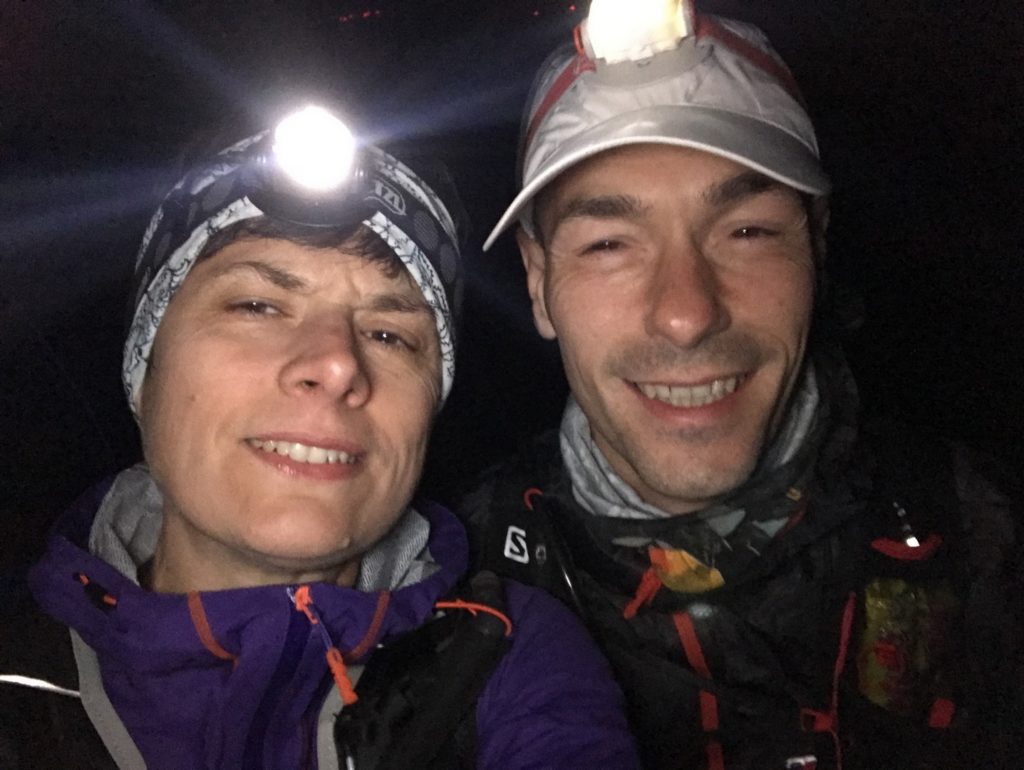
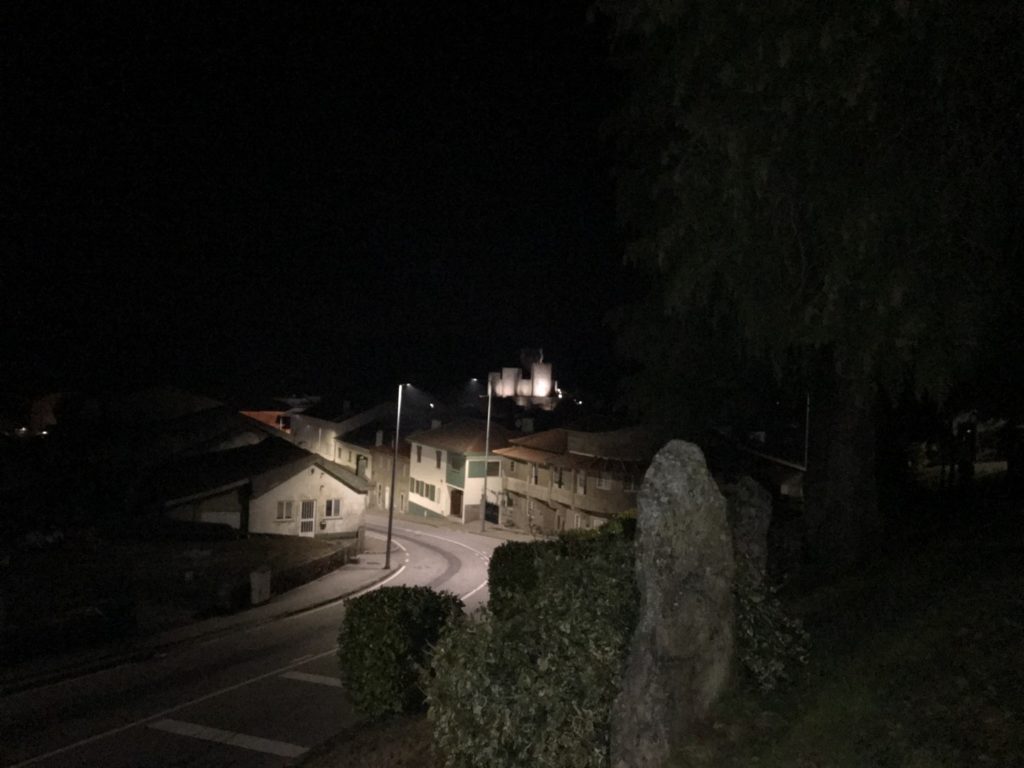
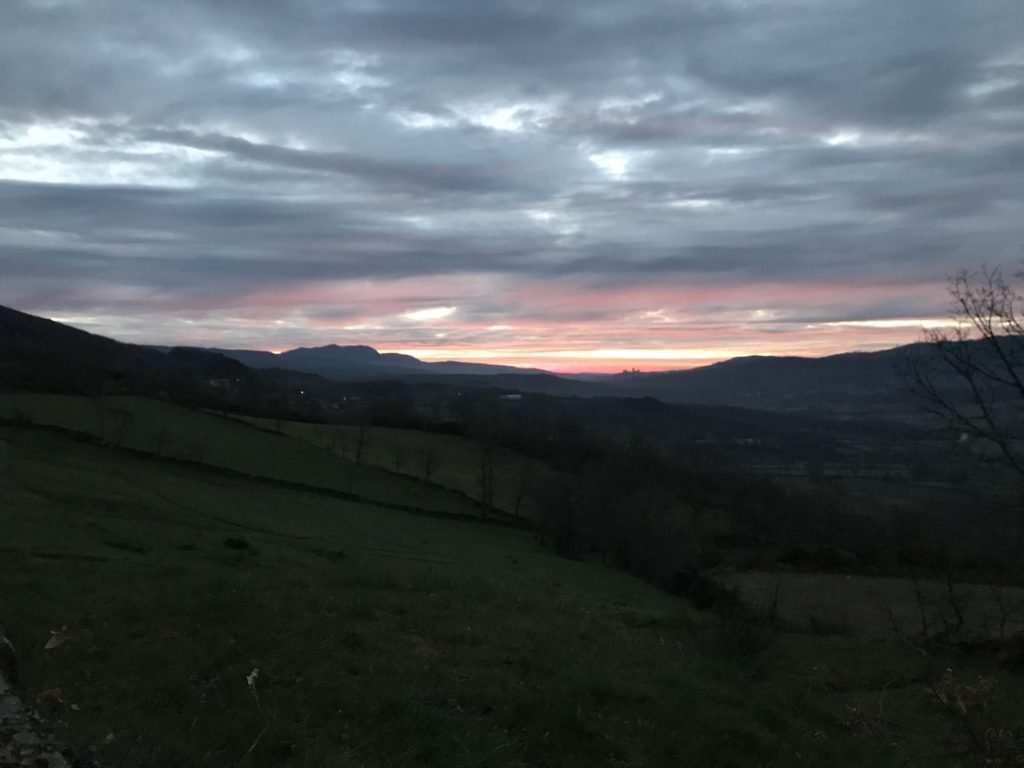



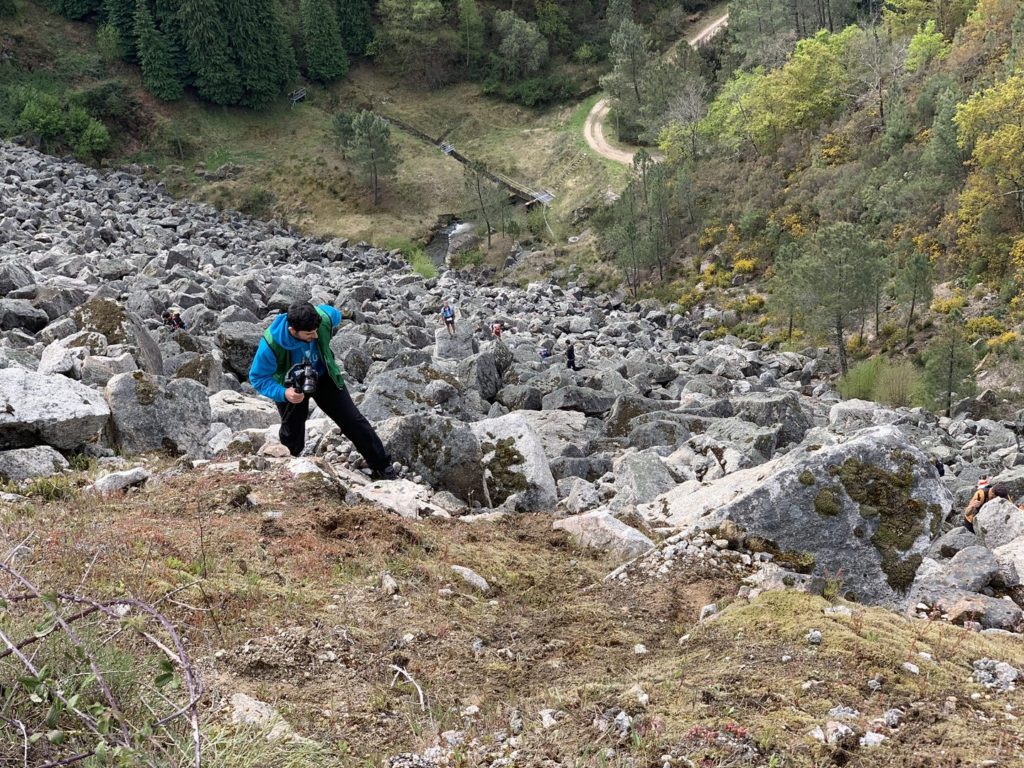
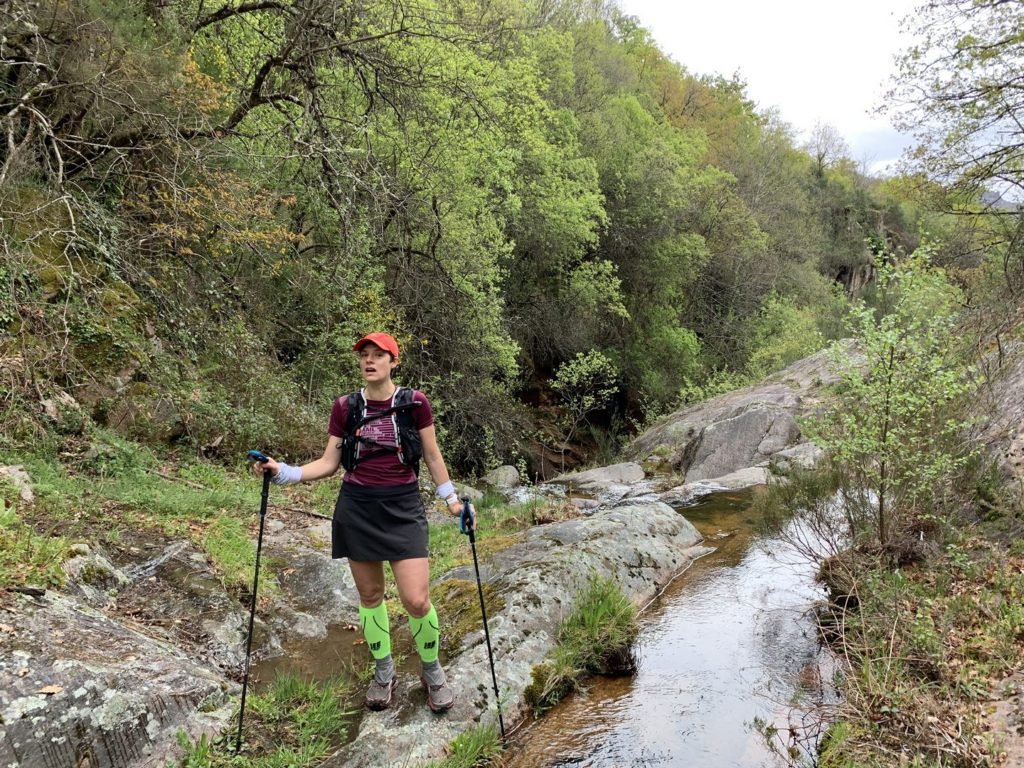
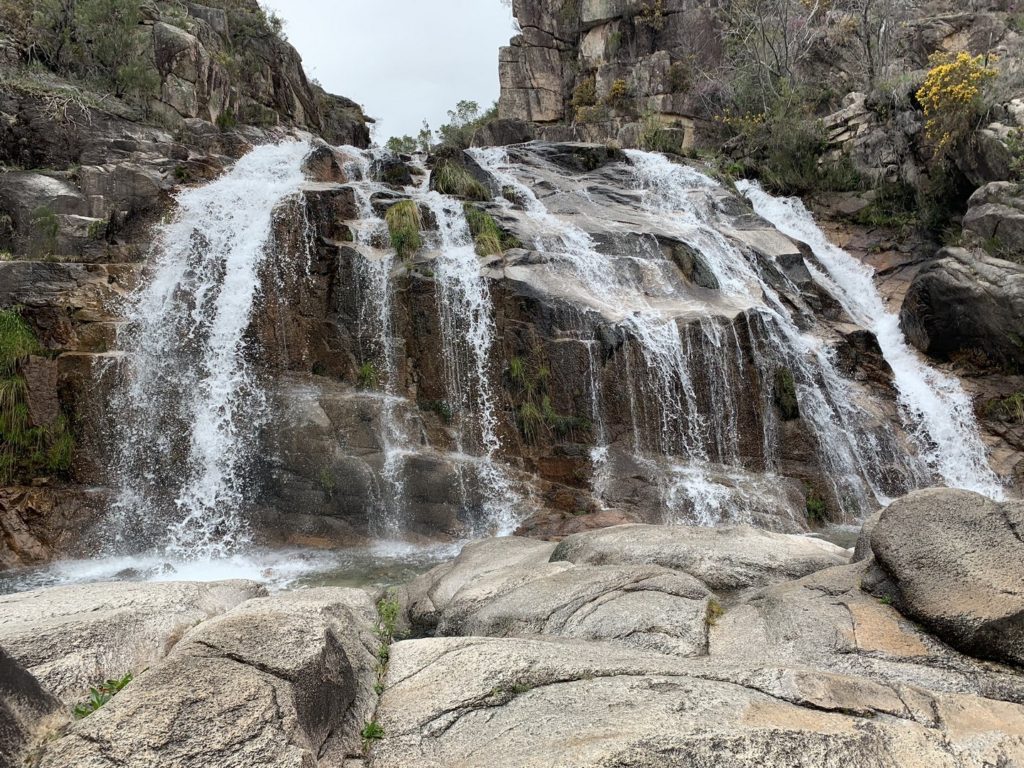
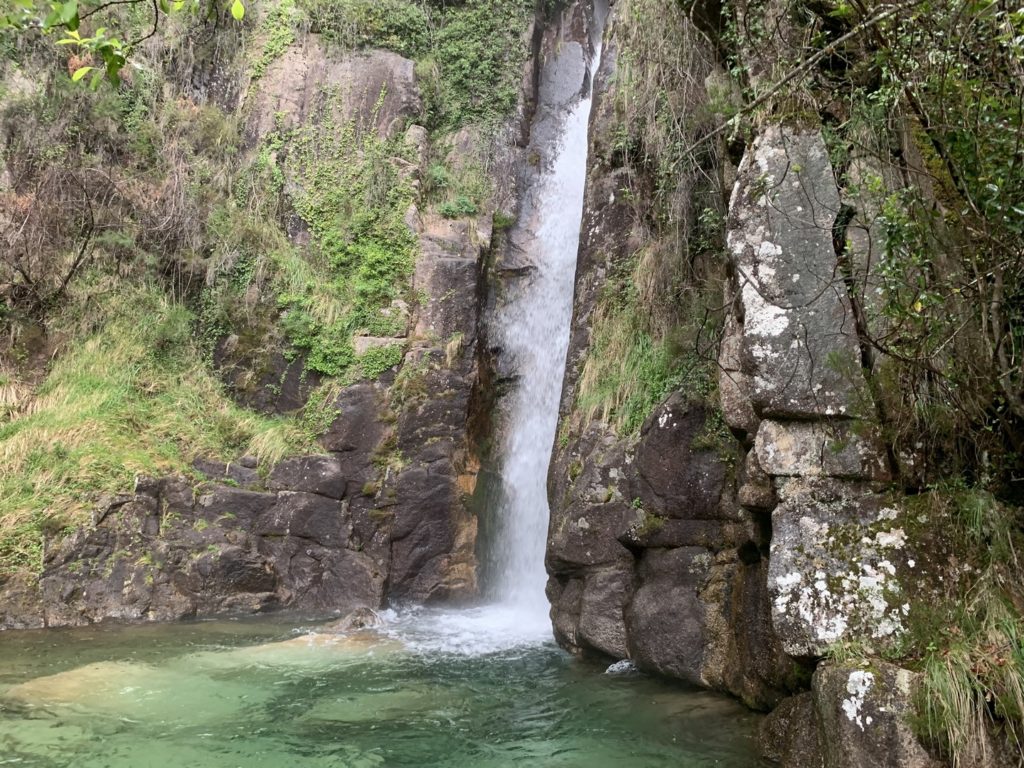

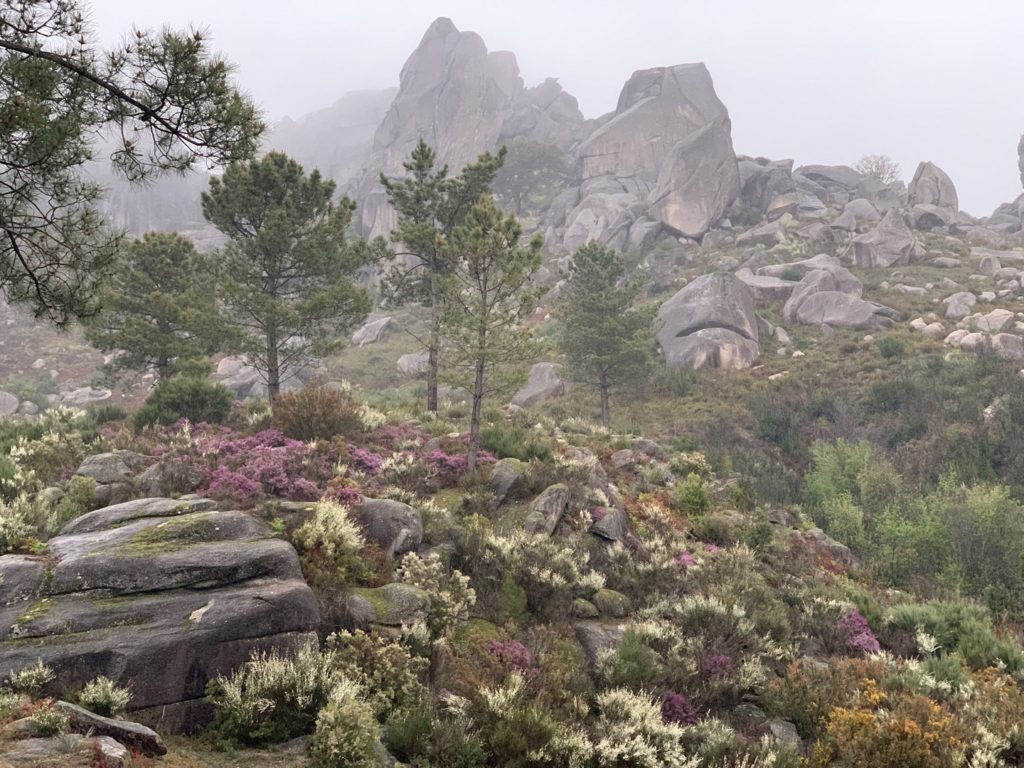



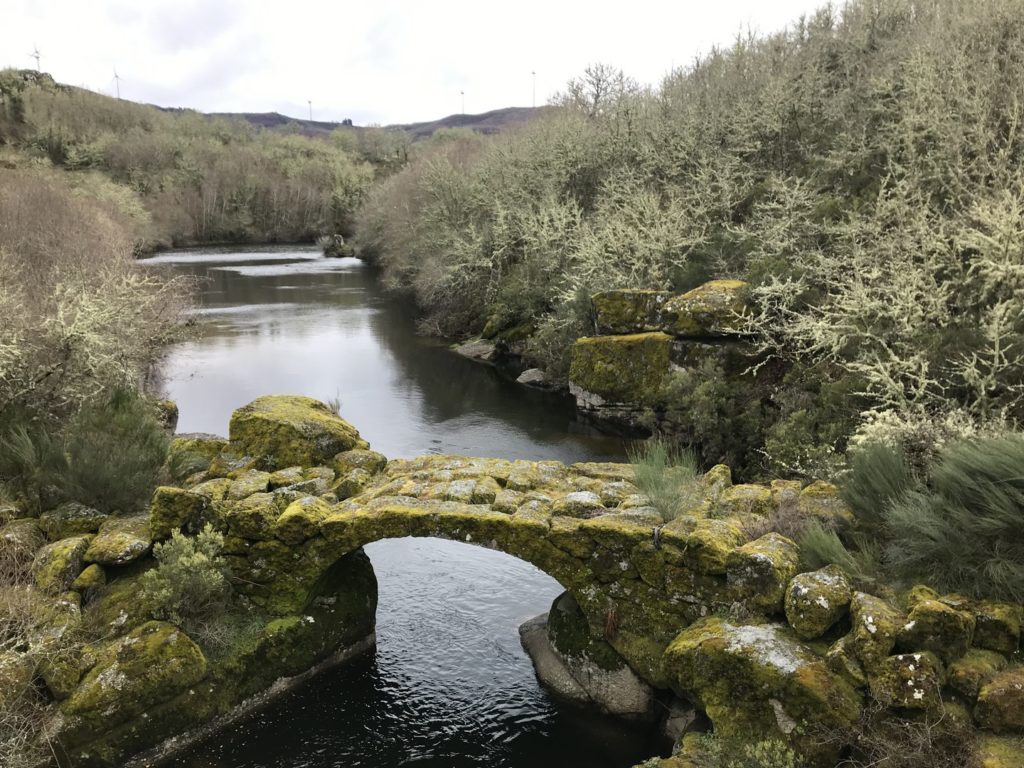




Comments